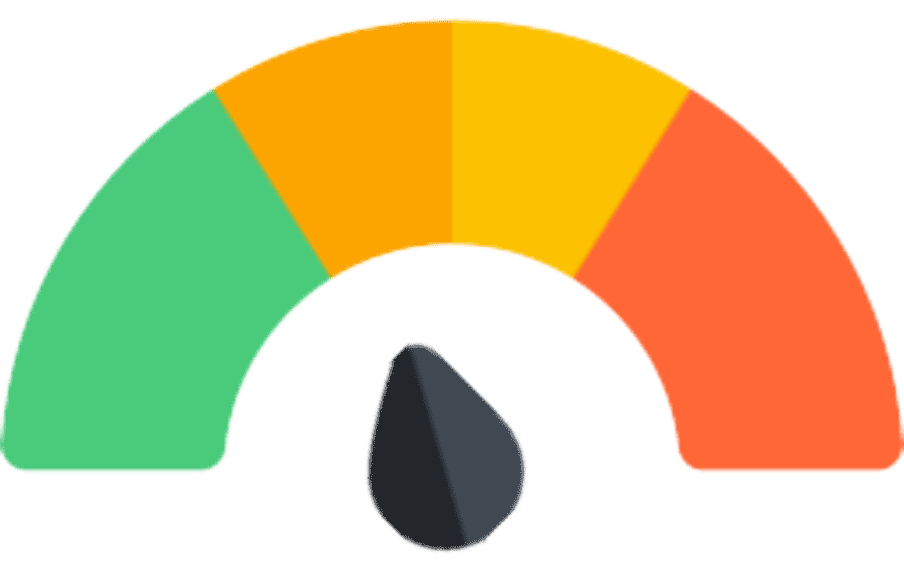VILOXAZINE
THERAPEUTICS
brands
Class
- Neuroscience-based Nomenclature: norepinephrine reuptake inhibitor (N-RI)
- Selective norepinephrine reuptake inhibitor (NRI)
VILOXAZINE commonly prescribed for
(Bold for FDA approved)
 How VILOXAZINE works
How VILOXAZINE works
• Boosts neurotransmitter norepinephrine and may also increase dopamine in prefrontal cortex
• Blocks norepinephrine reuptake pumps, also known as norepinephrine transporters
• Presumably this increases noradrenergic neurotransmission
• Since dopamine is inactivated by norepinephrine reuptake in frontal cortex, which largely lacks dopamine transporters, viloxazine can also increase dopamine neurotransmission in this part of the brain
• Has antagonist actions at serotonin 2B receptors and agonist actions at serotonin 2C receptors and has been shown to increase serotonin levels
How long until VILOXAZINE works
• Onset of therapeutic actions in ADHD can be seen as early as the first week of dosing
• Therapeutic actions may continue to improve for 8–12 weeks; early response after 2 weeks of treatment may predict efficacy outcomes at week 6
SIDE EFFECTS
 Notable Side Effects
Notable Side Effects
• Fatigue, sleepiness, insomnia, irritability, headache
• Decreased appetite, nausea, vomiting, dry mouth, constipation
• Increased heart rate
• Increased blood pressure
 Life Threatening Side Effects
Life Threatening Side Effects
• Hypomania and, theoretically, rare induction of mania
• Rare activation of suicidal ideation and behavior (suicidality)
weight gain

unusual
sedation

not usual
What to do about VILOXAZINE side effects
• Wait
• Wait
• Wait
• Mild side effects are common, happen early, and usually improve with time, but treatment benefits can be delayed, and often begin just as the side effects wear off
• Monitor side effects closely, especially when initiating treatment
• Lower the dose
• If viloxazine is sedating, take at night to reduce daytime drowsiness
DOSING AND USE
usual dosage range
• Ages 6 to 11: 100–400 mg once daily
• Ages 12 to 17: 200–400 mg once daily
• Adults: 200–600 mg once daily
 Dosage Forms
Dosage Forms
• Extended-release capsule 100 mg, 150 mg, 200 mg
long term use
• Long-term data are not available
habit forming
• No
SPECIAL POPULATIONS
 Renal Impairment
Renal Impairment
• Severe impairment (estimated GFR <30 mL/minute/1.73m2 ): initial dose 100 mg once daily; can increase by 50–100 mg each week; maximum recommended dose 200 mg once daily
• Mild to moderate impairment (estimated GFR 30–89 mL/minute/1.73m2 ): dose adjustment not necessary
 Hepatic Impairment
Hepatic Impairment
• Not recommended
 Cardiac Impairment
Cardiac Impairment
• Use with caution because viloxazine can increase heart rate and blood pressure
 Elderly
Elderly
• Some patients may tolerate lower doses better
• Reduction in the risk of suicidality with antidepressants compared to placebo in adults age 65 and older
 Children and Adolescents
Children and Adolescents
• Approved to treat ADHD in children ages 6 and older
• Carefully weigh the risks and benefits of pharmacological treatment against the risks and benefits of nontreatment and make sure to document this in the patient’s chart
• Monitor patients face-to-face regularly, particularly during the first several weeks of treatment
• Use with caution, observing for activation of known or unknown bipolar disorder and/ or suicidal ideation, and inform parents or guardians of this risk so they can help observe child or adolescent patients
 Pregnancy
Pregnancy
• Controlled studies have not been conducted in pregnant women
• In rats, administration of viloxazine during organogenesis did not result in significant maternal toxicity but did cause fetal toxicities and delayed fetal development at doses 2 times the maximum recommended human dose (MRHD)
• In rabbits, administration of viloxazine during organogenesis caused maternal toxicity without significant fetal toxicity at doses ≥7 times the MRHD
• The no observed adverse effect levels (NOAELs) for fetal toxicity are approximately equal to 11 times the MRHD, based on mg/m2 in the rat and rabbit
• In rats and mice, administration of viloxazine during pregnancy and lactation caused maternal toxicities and deaths at doses approximately 2 and 1 times the MRHD, based on mg/m2 , respectively; at these maternally toxic doses, viloxazine caused offspring toxicities
• The NOAEL for maternal and developmental toxicity is approximately equal to or less than the MRHD, based on mg/m2 , in the rat and mouse, respectively
• Use in women of childbearing potential requires weighing potential risks and benefits to the mother against potential risks to the fetus
• For women of childbearing potential, viloxazine should generally be discontinued before anticipated pregnancies
• National Pregnancy Registry for Psychiatric Medications: 1–866–961–2388 or http://womensmentalhealth.org/clinical-andresearch-programs/pregnancyregistry/
 Breast Feeding
Breast Feeding
• Unknown if viloxazine is secreted in human breast milk, but all psychotropics are assumed to be secreted in breast milk
• Recommend either to discontinue drug or formula feed
Based on data Published online by Cambridge University Press
Compiled by Dr. Jash Ajmera